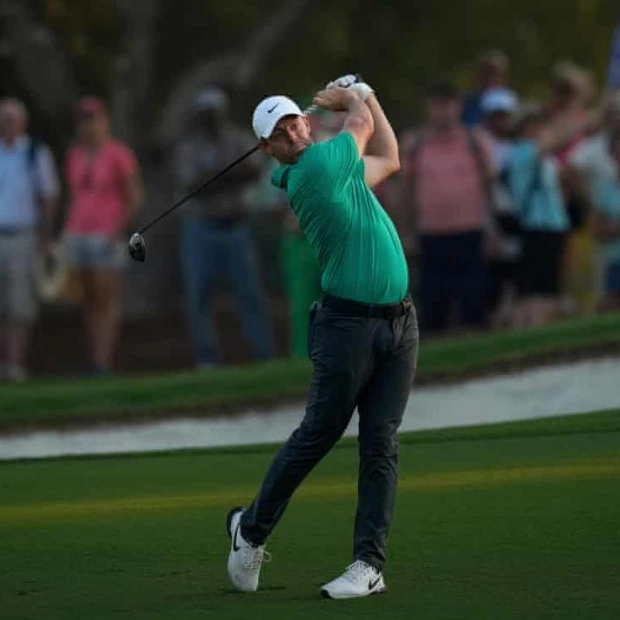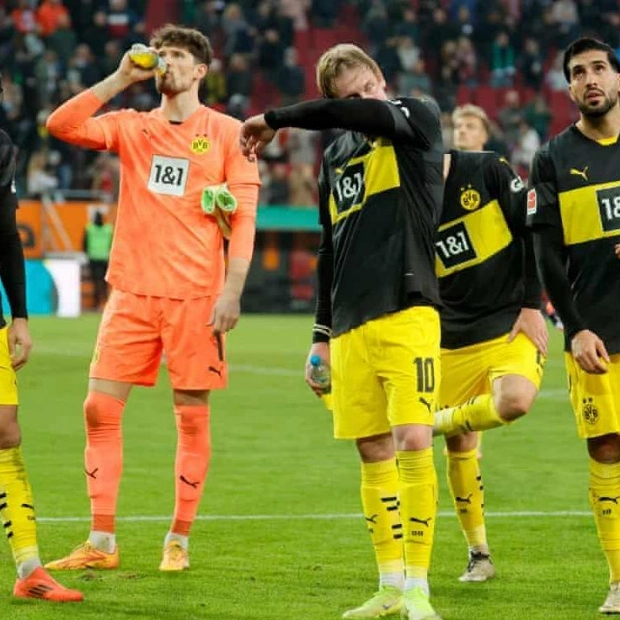Recent discussions about AFC Wimbledon have centered on the pitch—specifically, the large hole in one corner caused by flooding, rather than the team's performance. Crowdfunding efforts, which raised over £120,000, were temporarily halted, but match postponements couldn't have come at a worse time for the team, which had shown promising early-season form.
Despite playing two games fewer than the teams above them due to the sinkhole at the Cherry Red Records Stadium, Wimbledon currently sits sixth in League Two. They have won four of their first six matches and, with their run to the third round of the Carabao Cup, including a victory over Premier League Ipswich, they have little to fear as they prepare for their rearranged tie against Newcastle on Tuesday.
Since being founded in 2002, Wimbledon has maintained a fan ownership model, a rarity at their level. The club understands the highs and lows of football, the pressure on those ensuring there are funds to sustain a fourth-tier operation, let alone progress. The journey back to their historic home at Plough Lane was arduous, requiring significant financial effort, but it has been worth it, despite the recent soil issues.
This is just the latest in a series of challenges Wimbledon has faced and overcome. From restarting at the bottom of the football pyramid to raising £9.8m in bonds from fans, completing the move back to Wimbledon, and dealing with the pandemic, the club has shown resilience and quick thinking. The recent funds raised, including £15,000 from Newcastle, will help cover costs, though the full extent of the flood damage is yet to be assessed.
Under the leadership of head of football operations, Craig Cope, and manager Johnnie Jackson, who has been in charge for over two years, Wimbledon's long-term future looks secure. Jackson has overseen steady progress, with the club finishing 21st and 10th in recent seasons. The recruitment and academy operations are also contributing financially, with three players sold for over £1m in recent seasons, including midfielder Jack Rudoni, who was sold to Huddersfield for £1.75m in 2022.
The academy is producing a steady stream of talent, with players like Spike Brits, Leo Castledine, and Justin Clarke being sold to top clubs. Last season, the club reached the fourth round of the FA Youth Cup, showcasing the consistent talent production beyond what most League Two clubs achieve.
Wimbledon also boasts a strong community spirit, with two charitable arms: the AFC Wimbledon Foundation and the Dons Local Action Group. The latter, established during Covid, has been providing meals to locals. The club's backstory and charitable efforts have inspired fans of other clubs, as evidenced by the overwhelming support received during the recent crowdfunding campaign.
With Plough Lane unable to host Newcastle last week, Wimbledon must now travel to St James’ Park. While they would have preferred to host the match in south-west London, the opportunity to play at one of the country’s most historic grounds in front of 52,000 spectators is a silver lining. Wimbledon's average attendance of nearly 8,000, including a recent victory over MK Dons, helps ensure the club's sustainability.
Discussions about external investment continue, as it could complicate the ownership model. This is just one of the many tough decisions the club must make. As Graham Stacey, who created the sinkhole fundraiser, notes, Wimbledon's journey is far from over. Starting from the bottom and achieving so much in 20 years is an incredible feat, and there is still more to come.
A small hole in the pitch is a minor setback for a club that has consistently overcome challenges. As Stacey says, “We’re Wimbledon and we smash through these things.”






